Yangmiok (양미옥)
1.3Km 9472 2020-01-06
62, Chungmu-ro, Jung-gu, Seoul
+82-2-2275-8838
Yangmiok takes pride in serving customers dishes prepared with only the finest ingredients. A special sauce made with soy sauce, sugar, chili powder, sesame oil, garlic, and ginger is served with beef dishes upon request.
Nwijo (뉘조)
1.3Km 14685 2021-03-19
27, Insadong 14-gil, Jongno-gu, Seoul
+82-2-730-9311
Nwijo (뉘조) is a Korean restaurant specializing in wild vegetable cuisine. The name ‘Nwijo’ means ‘the god of the silkworm,’ and likens wild vegetables to silkworms in that both can be eaten in their entirety. The restaurant serves original full-course Korean meals that are prepared using hundreds of kinds of wild vegetables, including special seasonal vegetables.
A typical full-course meal starts with delicious pumpkin porridge, followed by seasoned wild vegetables, root vegetable ssam (condiments wrapped in vegetable leaves), slices of boiled meat, and steamed lotus leaf-wrapped rice served with jjigae (Korean stew) and various side dishes. This kind of traditional feast is pleasing to both the eye and the palate and is topped off with sikhye (traditional sweet rice drink). Lunch specials are also available.
Insadong Sagwanamu (인사동사과나무)
1.3Km 174 2021-03-29
24-1, Insadong 14-gil, Jongno-gu, Seoul
+82-2-722-5051
This is where you can dine on the outdoor terrace. This restaurant's signature menu is steak. This Western dishes restaurant is located in Jongno-gu, Seoul.
Yubin Wang Donkkaseu (유빈왕돈까스)
1.3Km 152 2021-03-18
46, Chungmu-ro, Jung-gu, Seoul
+82-2-305-1255
This is a Korean cuisine located in Euljiro, Seoul. The best menu at this restaurant is pork cutlet. A store selling pork cutlet, Koreans’ favorite dish.
Dowon Masan Agujjim (도원마산아구찜)
1.3Km 115 2021-03-22
438, Samil-daero, Jongno-gu, Seoul
+82-2-765-4009
A restaurant frequented by many celebrities. This Korean dishes restaurant is located in Jongno-gu, Seoul. The representative menu is spicy braised monkfish.
Sigoljeonjip (시골전집)
1.4Km 99 2021-03-19
123, Jong-ro, Jongno-gu, Seoul
+82-2-742-8525
This Korean cuisine is located near Jongno 3(sam)ga Station, Seoul. The representative menu is seafood and green onion pancake. Enjoy delicious food at affordable prices.
Well-being Sujebi (웰빙수제비)
1.4Km 48 2021-03-26
123, Jong-ro, Jongno-gu, Seoul
+82-2-747-2436
A hidden restaurant frequented by workers in Jongno. The best menu at this restaurant is hand-pulled dough in perilla seed soup. This Korean dishes restaurant is located in Jongno-gu, Seoul.
Jirisan Restaurant (지리산)
1.4Km 27614 2019-08-01
30, Insadong 14-gil, Jongno-gu, Seoul
+82-2-723-4696
Jirisan is one of the representative Korean restaurants in Insa-dong, an area known for its traditional culture. One of the trademarks of this restaurant, besides its amazingly delectable bean and tofu dishes, is a wooden sign that welcome guests into a neat and cozy interior.
Each day, fresh beans are ground at the restaurant to prepare dishes such as soybean paste, soft tofu, and bean-curd tofu stew. Bean-curds are prepared by using seawater, which gives the tofu a unique flavor. The fresh and clean taste of the tofu is one of the many reasons that choosey tofu aficionados flock to the restaurant.
Not just limited to tofu, Jirisan presents customers with a full-range of side dishes such as kimchi, japchae (glass noodles with sautéed vegetables), cucumber kimchi, seasoned seaweed, braised lotus roots, roasted yellow corbinas (a type of fish), leafy greens, bean-curd stew, and more. The restaurant gives visitors a chance to experience a hearty traditional Korean-style meal, but has thoughtfully toned down its seasonings to appeal to a wider audience (particularly those not used to spicy foods).
One of the recommended menu items is the Jirisan set meal, which offers diners the chance to sample foods that are popular in the Jirisan region. Adventurous diners may want to try the sea urchin soup or dried Pollack soup.
The restaurant, originally a traditional Korean house, has been modified over the years to better suit the needs of its customers. The walls surrounding the structure were removed and a glass ceiling was installed to allow guests to enjoy the natural light of the sun as they sample some of the area’s best traditional Korean cuisine.
Halmaejip (할매집)
1.4Km 365 2017-02-01
1-5, Sajik-ro 12-gil, Jongno-gu, Seoul
+82-2-735-2608
Not like usual Gamjatang (pork back-bone stew), Halmajip’s Gamjatang uses only bean sprout and leek to make a refreshing soup taste along with red pepper powder, for a spicy flavor.
Museo Nacional de los Palacios de Corea (국립고궁박물관)
1.4Km 4980 2023-02-20
Hyoja-ro 12, Jongno-gu, Seúl.
Inaugurado en 1992 bajo el nombre de Museo Real, el actual Museo Nacional de los Palacios de Corea expone reliquias de la dinastía Joseon (1392-1910). Aquí se presentan cerca de 20.000 reliquias reales de los palacios Gyeongbokgung, Changdeokgung y Changgyeonggung así como las del santuario Jongmyo.
1. Símbolos y documentos reales - La dinastía Joseon defendía las ideas confucionistas, el rey estaba considerado como el soberano absoluto y la pareja real representaba, junto con la reina, los padres de todo el pueblo. Para realzar su autoridad, la dinastía hizo fabricar diversos símbolos reales.
2. Ritos ancestrales - Un rito ancestral se llevaba a cabo en el santuario que alberga las lápidas de los reyes y reinas de la dinastía Joseon. Este rito no era solo una ceremonia de culto de la familia real, sino también una fiesta de música y danza celebrada para desear la salvación y la prosperidad eterna del país.
3. Arquitectura del palacio – El palacio era una residencia para el rey y su familia y el centro de política y administración, donde el rey gobernaba el país. El centro del palacio de la dinastía Joseon, según los planos de arquitectura tradicional, comprendía Jeongjeon, el vestíbulo principal como centro de los acontecimientos del Estado y de conversaciones políticas y Pyeonjeon, la oficina del gobierno.
4. Ciencias de Joseon – Durante su primer periodo, la dinastía Joseon intentaba establecer la legitimidad de su fundación y enriquecer el país. Con el fin de cumplir estos ideales, la dinastía promovía como nunca antes dominios tales como la ciencia, la medicina y desarrollaba diversas armas para la defensa nacional.
5. Vida de la familia real – El rey y la reina eran las figuras simbólicas de la dinastía Joseon, pero eran también como el pueblo normal en su vida privada de palacio. El palacio estaba dividido en diferentes secciones: oficina del rey, residencia para la reina, despacho del príncipe heredero. Cada espacio contenía muebles apropiados, que estaban fabricados con materiales de alta calidad según estrictos criterios para la familia real.
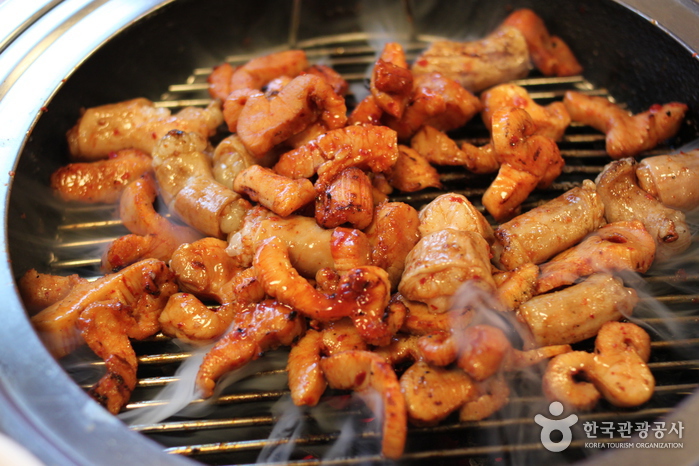
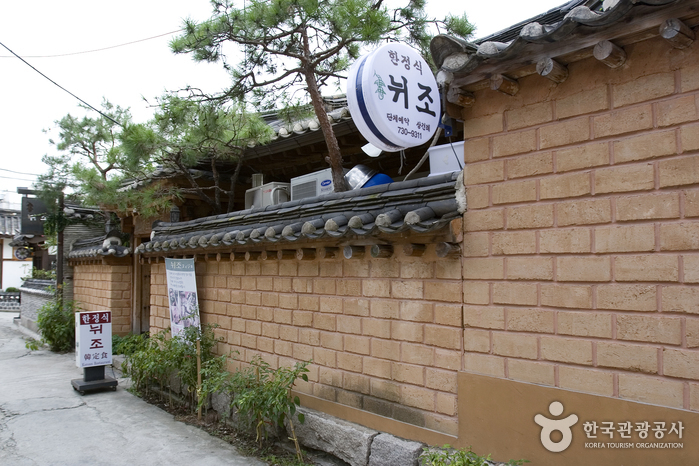
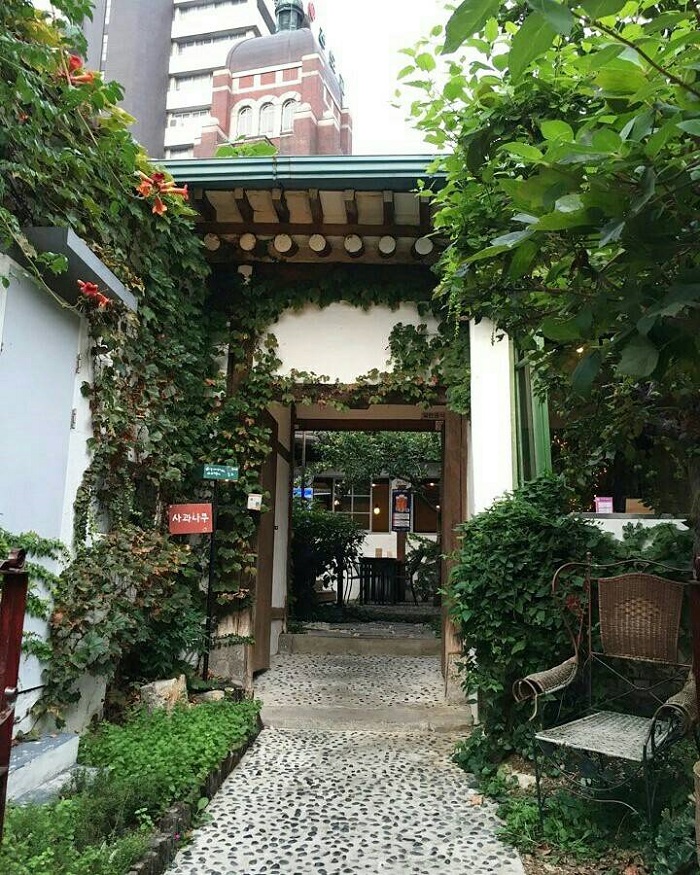
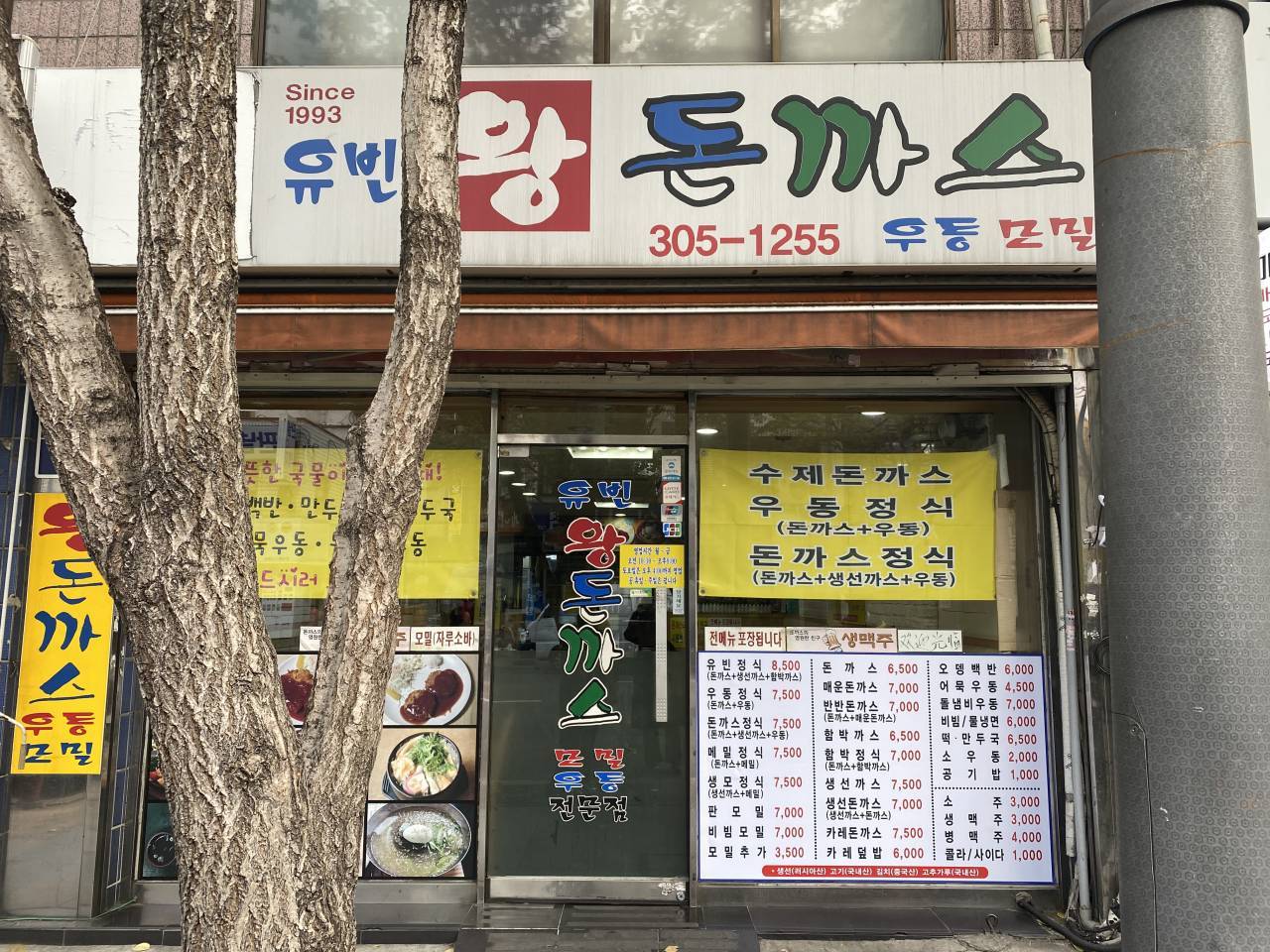
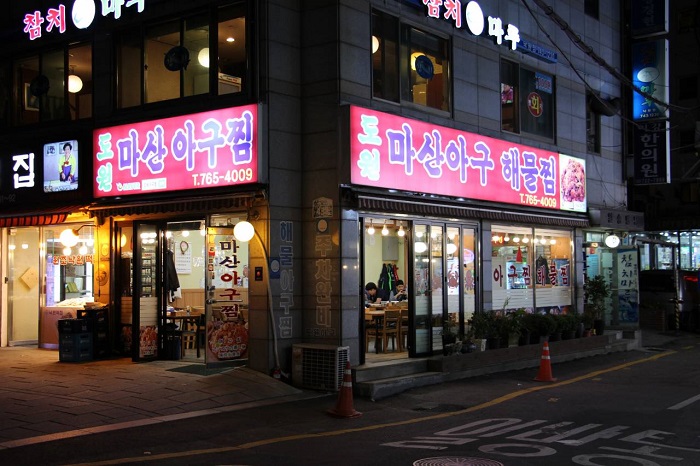
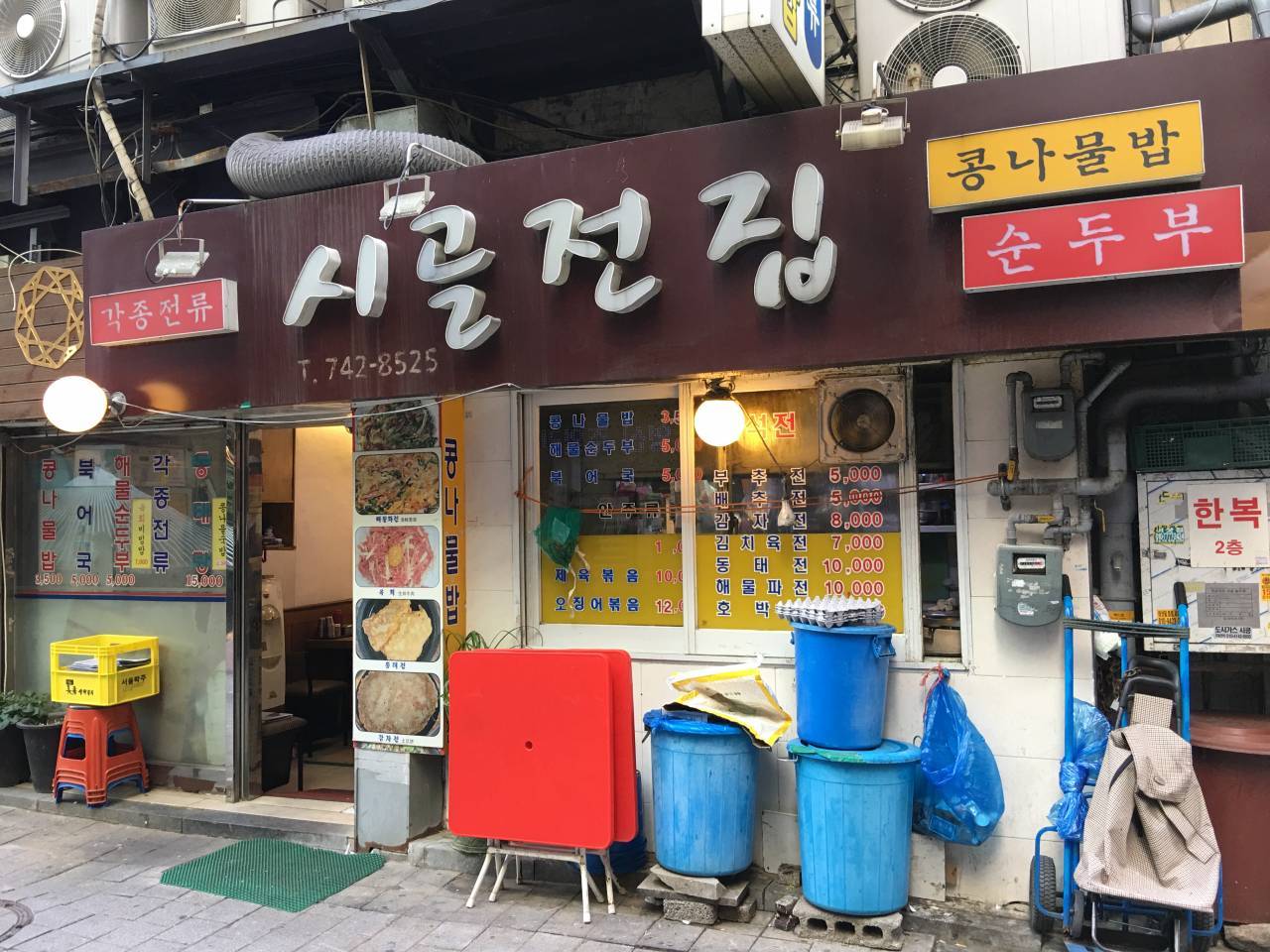
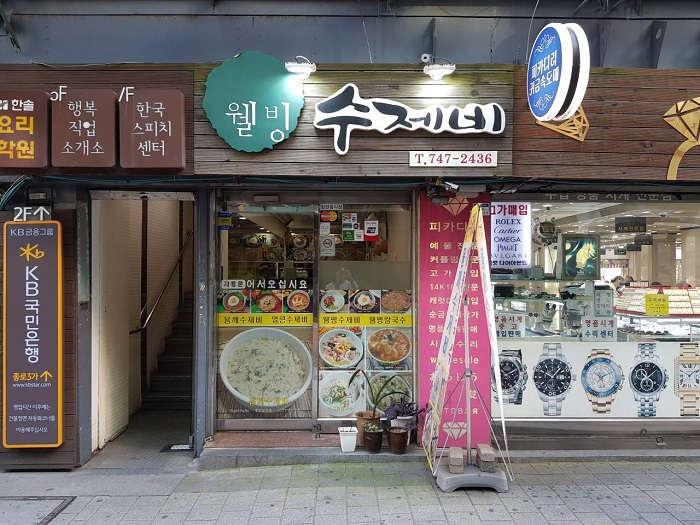
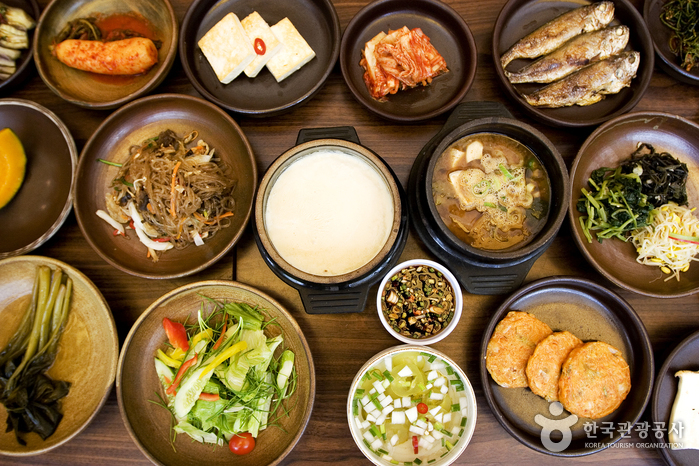
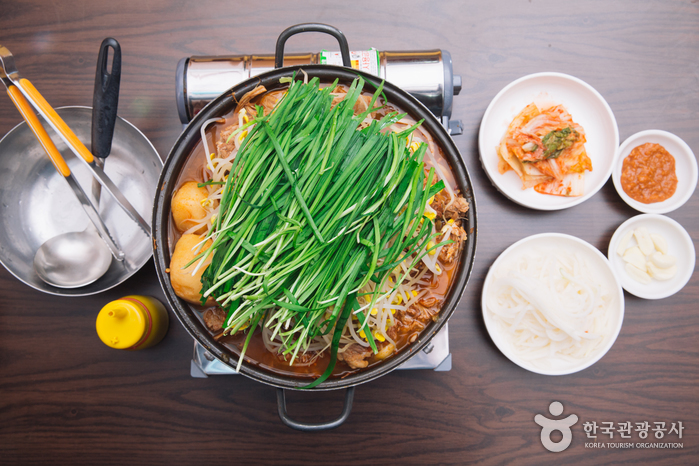
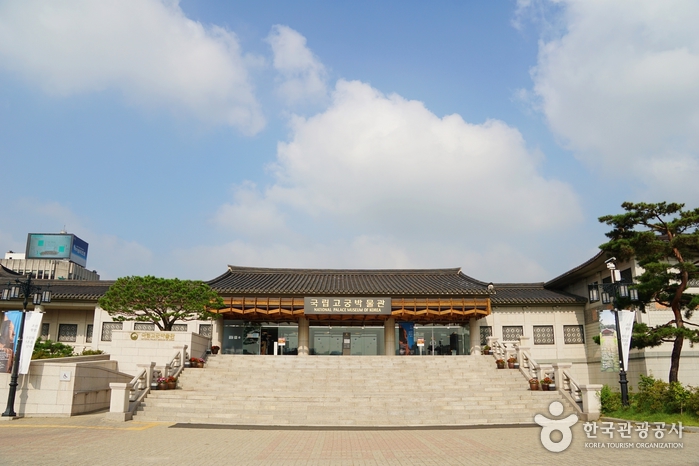
 Español
Español
 한국어
한국어 English
English 日本語
日本語 中文(简体)
中文(简体) Deutsch
Deutsch Français
Français Русский
Русский